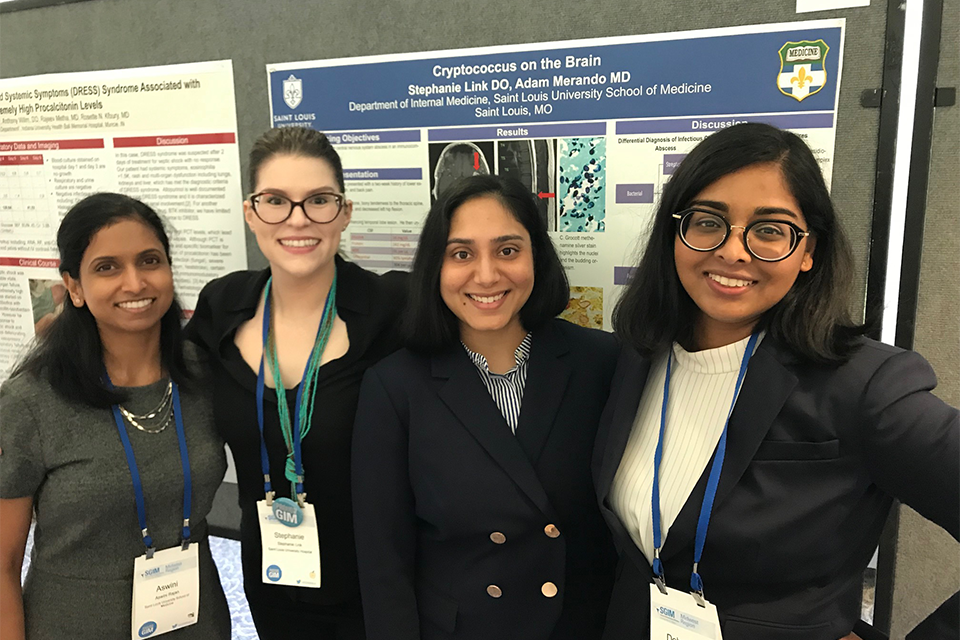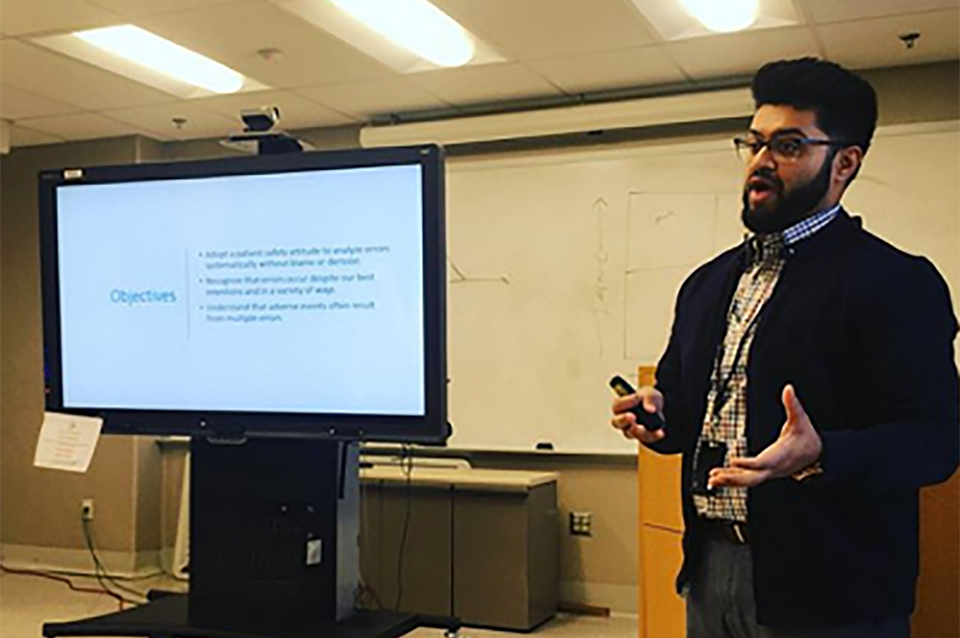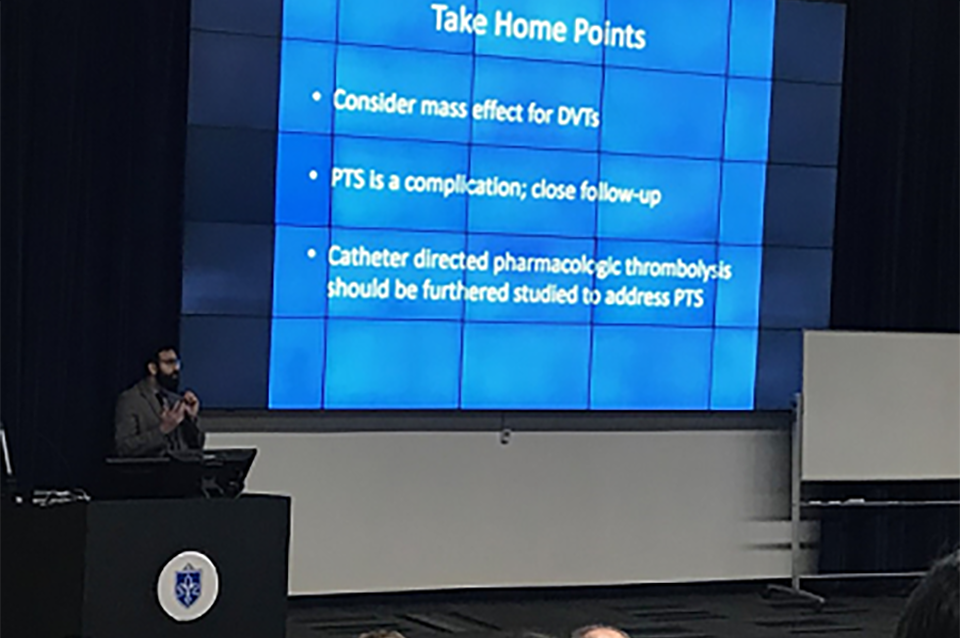Program Overview
Our commitment to resident development is guided by one question: How can we create the best structure to train great internists?
In developing our clinical curriculum, we focus rotational schedules on what knowledge and experience we want learners to acquire at a given stage of training. Rotations are tailored to residents' education needs, rather than the needs of the department or hospital.
We are working to incorporate different subjects into our curriculum, including our growing number of educational tracks, the addition of a longitudinal Point-of-Care Ultrasound (POCUS) curriculum, and the use of asynchronous learning and simulation to augment our clinical experiences.
General Medicine Inpatient Schedule “Mario Kart!”
We have a unique schedule on the general medicine floors rotations termed “Mario Kart.” In this system, interns and residents are divided into 5 different patient care teams (aka “karts”), fondly named after beloved Mario Kart characters. Each team is composed of 2 interns and a senior resident, who remain on this “kart” team for the entire rotation.
Each resident-intern “kart” team follows an 8+2 schedule, meaning you work on a patient care team for 8 days straight, followed by 2 consecutive days off. After the 2 days off, the kart team then joins a new patient care team for another 8 days. This schedule varies from a traditional model in which interns and residents have different scheduled days off throughout a block, leaving multiple days where the full patient care team is not present.
The call schedule also improved for the “kart” teams with our new system. Residents follow a q5 day call cycle, starting on call when joining each new patient care team. The call team is responsible for admitting new patients from 0700-1900 on each call day. Additionally, the non-call teams are also eligible for “drip” admissions until 1500 on non-call days. The goal of the “drip” admission system is to maintain all teams at an equal patient census.
Advantages of “Mario Kart”
- Residents get an average of 5-6 days off in a 4-week period, as opposed to the typical 4 days off in the traditional model. Additionally, residents get two consecutive days off at a time, mimicking a “golden weekend” each week.
- Each member of the patient care team is present every day, improving continuity of care and dividing the workload among team members.
- Patient care teams generally have equal numbers of patients, creating balanced workloads.
- Residents get the opportunity to practice in a schedule similar to the modern hospitalist model, by caring for the same group of patients for 8 days continuously.
While the “Mario Kart” model was originally developed in response to restructuring our academic hospitalist workload, it has been maintained on our SLU general medicine floors rotations and has even been adapted to the VA general medicine floors and MICU rotations as well.
Below is our conceptual framework for your future schedule:
The core function of the intern year is to achieve competence in the fundamentals of Internal Medicine. We accomplish this by providing opportunities to evaluate and manage the undifferentiated patient across a variety of clinical settings, including:
- SSM SLU Hospital general medicine floors
- John Cochran VA general medicine floors
- Night float
- MICU
- Ambulatory medicine
- Continuity clinic
- Cardiology consults
- Clinical electives
- A quality and safety curriculum for second year - "the deep dive"
Having developed competency in management, the learner can then take a “dive deep” into core sub-specialties of medicine within an environment aligned with typical practice of that specialty or in a setting that provides a unique educational experience.
Residents can use electives to probe future career paths or gain experience relevant for their future career.
- Cardiology
- Hematology/Oncology
- Nephrology
- Endocrinology
- Infectious disease consults
- Liver
- MICU
- Night float
- Geriatrics
- Sub-specialty outpatient electives (e.g., rheumatology, allergy, pulmonology, sleep)
- Continuity clinic
Having had exposure and experience with a diverse set of sub-specialties, the resident takes the next step towards independent practice – running teaching teams as the “teaching resident,” finishing required clinical rotations, and using electives to augment their entry into the next phase of their career.
- Teaching resident – SSM Saint Louis University Hospital and John Cochran VA Medical Center floors
- MICU
- Night float
- Teaching resident – ambulatory care
- Elective
- Continuity clinic
The goal of the continuity clinic is to develop residents into an increasingly knowledgeable, effective, caring and independent outpatient physician. Each resident has a primary care continuity clinic and are assigned to either the SLU ACEP (Ambulatory Care Educational Practice) or John Cochran VA GIM clinic. They each have a faculty clinic preceptor and follow patients longitudinally through their three years of residency. Continuity clinic represents an opportunity to form long term and meaningful relationships with patients, help patients manage chronic disease and maintain healthy lifestyles, and coordinate required specialty care.


